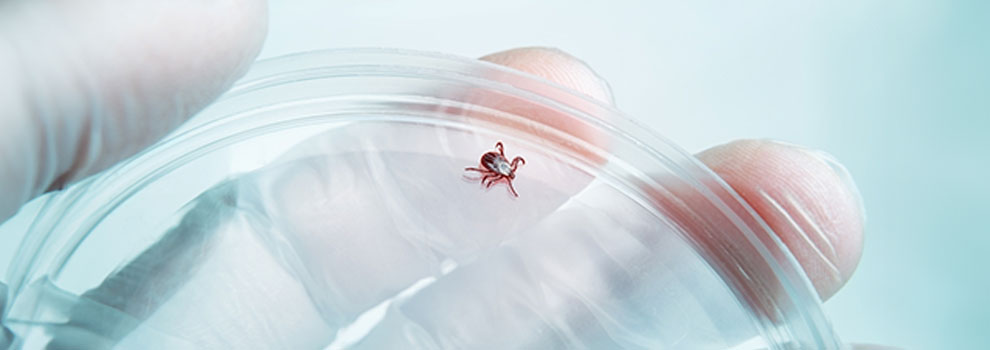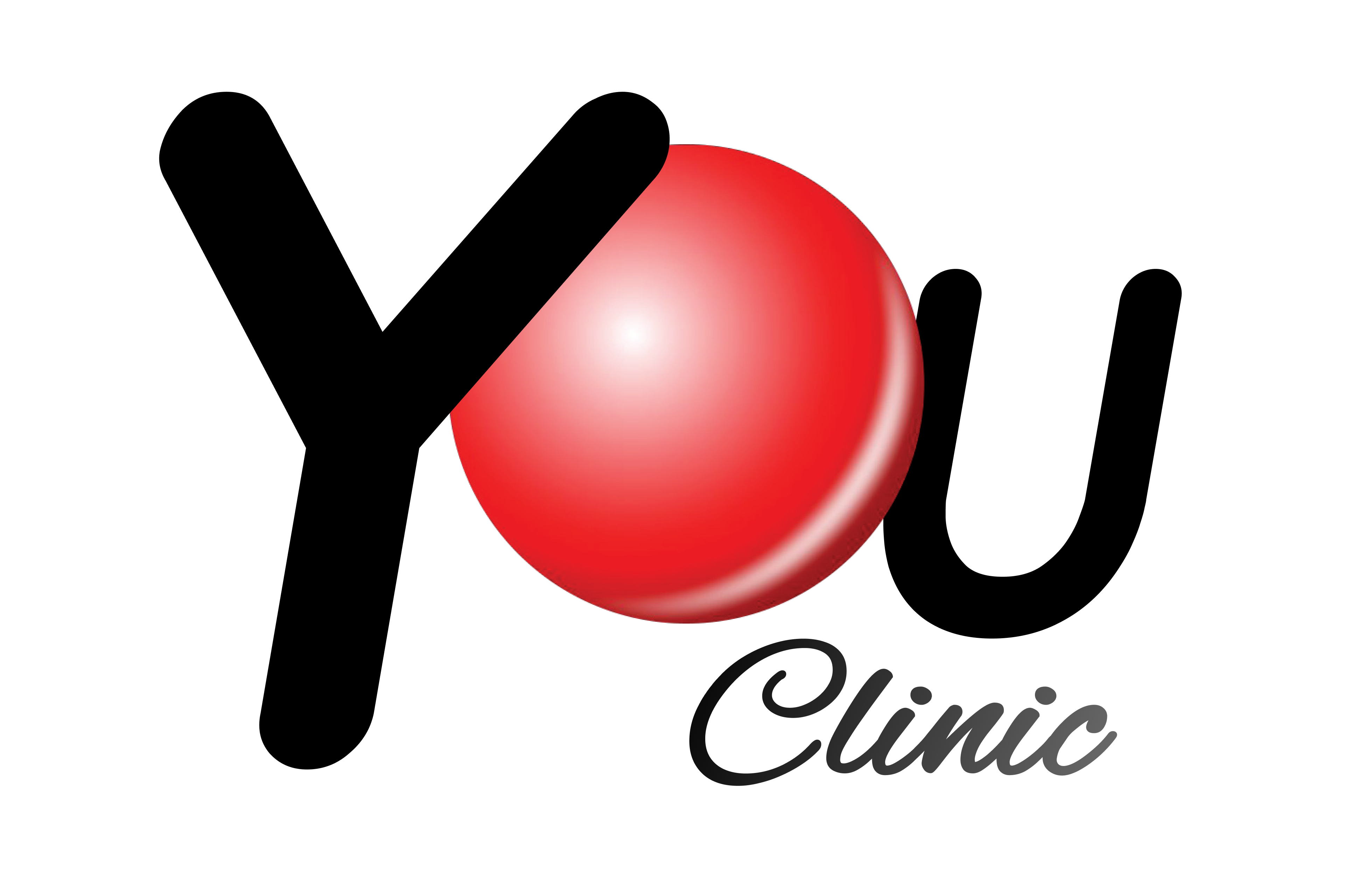LYME

LYME Therapy with Stem Cell in Turkey
The advancement of 350 various illnesses caused by LYME can be delayed or reversed by stem cell therapy. With general body improvement, it soothes the immune system, muscle or joint-based symptoms produced by this condition, considerably improving the patient's quality of life.
● The therapy of LYME using stem cells is acknowledged as a novel therapy under development by scientists.
● When stem cells come into contact with injured organs (muscles, nerves, joints), they have the capacity to transform into the cells of those organs. As a result, stem cells are also employed in the therapy of LYME.
● The amount of cells to be supplied is decided by the patient's age and weight. The therapy is delivered in three 45-day periods or three consecutive days.
● The therapy regimen is carefully changed based on the patient's state, and each patient receives a unique program.
● Early diagnosis enhances the therapy's effectiveness percentage substantially. Previous research on stem cell therapy found promising outcomes.
What is LYME?
Lyme disease, also known as Borreliosis, is a bacterial infection caused by Borrelia burgdorferi or a related bacterium that is primarily transmitted to people by tick bites from the species Ixodes ricinus. Lyme disease is caused by the bacterium Borrelia burgdorferi and is spread to people when infected ticks bite them.
Although the sickness manifests itself in many ways, the initial sign is redness in the area where the tick bites. Skin, central nervous system, eye, and heart are examples of target organs. There may be joint swelling, fluid buildup, and trouble moving.
Antibiotics can be used to treat the condition. Symptoms of the condition may persist for months or even years following therapy in some people. Muscle discomfort, calcification, neck stiffness, mental problems, neurological complaints, and excessive weariness are all possible signs. Furthermore, research suggests that this bacteria may cause cancer.
What are the symptoms of LYME?
Tick bite symptoms appear within 3-30 days.
● There is fatigue, tremor, fever, headache, muscle and joint discomfort, and lymph node swelling.
● Erythema migrans (EM) is a red rash with a "bull's-eye" look that appears as an increasing ring. It affects 70% of infected people and begins within 3-30 days (7 days on average) at the location of the tick bite.
● Some people may experience little lumps or redness at the location of the tick bite, which will go away in 1-2 days. This is not a Lyme disease symptom.
If the patient is not treated at this point, the infection may spread to other regions of the body in a matter of weeks, resulting in the following symptoms:
● Other regions of the body's joint lesions,
● Facial paralysis (loss of facial muscular tone on one or both sides),
● Due to brain inflammation, I get a severe headache and stiff neck.
● Large joint pain and swelling
● Dizziness and palpitation
Without therapy, most of these symptoms will go away in a few weeks or months. Untreated patients, on the other hand, may acquire further issues within months or years.
● Joint inflammation with occasional severe joint pain and edema may occur in roughly 60% of individuals. Large joints, particularly the knee, are impacted.
● Chronic central nervous system problems affect up to 5% of patients.
● Despite antibiotic therapy, 10-20% of patients may experience recurring symptoms that last months or years. Muscle and joint discomfort, sleep disturbances, and weariness are among the symptoms. The precise source of these symptoms is unknown. This condition is known as Post-Therapy Lyme Disease Syndrome.
Causes of LYME
Lyme disease is caused by the bacterium Borrelia burgdorferi and is spread to people when infected ticks bite them.
Although these germs may infect numerous animal species, deer are the most significant reservoirs. When adult or immature Ixodes ticks bite humans, they transmit the disease. The majority of human illnesses are generated by immature tick bites. Because young ticks are tiny than 2 mm, they are difficult to detect on the body. They are more active in the spring and summer. Adult ticks are more easily spotted while they are on the body, increasing the likelihood that they will be removed before infection develops. Adult ticks are most active throughout the winter.
Ticks have the ability to bite any region of the human body. However, they are generally located in regions where they are difficult to view, such as the groin, armpits, and scalp.
LYME Disease Therapy
Lyme disease is diagnosed based on symptoms, physical examination results, and a history of tick-borne illness. Laboratory testing can also aid in diagnosis.
Most Lyme disease cases may be effectively treated with medication in a few weeks. In the early stages of Lyme disease, patients who are treated with suitable antibiotics typically recover swiftly and fully.
Therapy of LYME with Stem Cells
When stem cells come into contact with injured organs (muscles, nerves, joints), they can transform into the cells of those organs. As a result, stem cells are employed in the therapy of LYME. They also cure injured nerves and muscles in the same way. In this approach, they may be able to halt the growth of the bacterium-caused sickness, or altogether stop it and cause it to regress. The success rate of the therapy is related to the patient's age, disease duration, and condition. If the illness has advanced significantly, therapy may be required more than once. As a result, early diagnosis enhances the therapy's success percentage dramatically. The therapy consists of three 45-day periods or three consecutive days.
The amount of cells provided is regulated by the patient's age and weight, and therapy is performed with mesenchymal stem cells (taken from the patient's own adipose tissue or bone marrow) or fetal stem cells. The choice is based on the patient's condition. Early diagnosis enhances the therapy's effectiveness percentage substantially. Previous research on stem cell therapy found promising outcomes. Despite the fact that the number of persons affected by this disease is small, therapy greatly reduced progression to the next stage of the disease in 95% of patients and helped to resolve the current serious condition.
FREQUENTLY ASKED QUESTIONS
Who is most likely to have LYME?
This disease is more frequent in Asia, eastern and western Europe, and forestry areas of the United States. Campers and individuals walking about hilly terrain in locations where this illness is frequent are at a higher risk of infection.
Is LYME a contagious disease?
Although this illness can be transferred by blood transfusion, organ transplantation, and sexual contact, studies show that it cannot be passed from person to person through touch, kissing, or sexual intercourse.
Preventative measures for LYME
The Lyme disease vaccine has not been manufactured since 2002. Tick-infested areas and ticks, as well as direct tick contact, should be avoided. Avoid high grass and leaves, bushes, and woodland regions. In such cases, you should stroll from the road's center.
DEET (N, N-diethyl-m-toluamide) repellents containing 20-30% DEET (N, N-diethyl-m-toluamide) should be used with caution.
Permethrin-containing clothing and tent equipment should be utilized.
If a tick is discovered sticking to the skin, it should be removed as soon as possible without fear. To do this, use fine-tip tweezers to grip the tick as near to the skin's surface as feasible. To remove the tick, raise it straight up without bending or shaking it. If a portion of the tick, such as the mouth, is left in the skin, it should be removed with tweezers. If the remaining portions are difficult to remove, the skin should be left to heal.
After removing the tick, thoroughly clean the tick bite location and hands with alcohol, iodine, or soap.
Never squash a tick with your fingers.
Does every tick bite cause LYME?
This illness is not caused by every tick bite. However, because bacterial routes are many, it has the potential to become pandemic in the globe today.
Lyme bacteria may be spread by any organism that suckers blood, including fleas and mosquitoes, and it is most commonly observed in wild animals, mammals, and birds in nature, as well as cats and dogs in towns.
- Alzheimer
- Cirrhosis
- ALS
- Autism
- Dementia
- Cerebral Palsy
- Impotence
- Infertility
- Heart Diseases
- Oligospermia
- LUPUS (SLE) Therapy
- LYME
- MS (Multiple Sclerosis)
- Muscular Dystrophy
- Parkinson’s Disease
- Rejuvenation
- Skin Rejuvenation
- Stroke – Brain Paralysis
- Autoimmune Diseases
- Ulcerative Colitis
- TINNITUS
- Type 2 Diabetes

